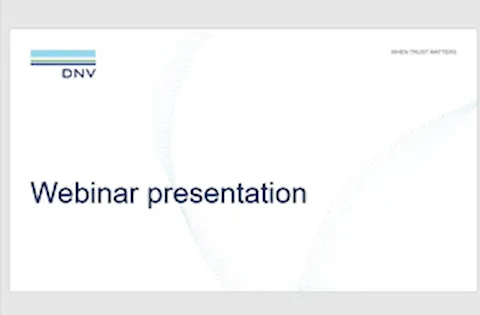Learn about the energy transition initiatives for hydrogen in Phast, Safeti and KFX
Hydrogen is an important part of the energy transition and is being prioritized in many countries. Recent years have seen numerous hydrogen applications emerging, some of which involve handling of high-pressure hydrogen in populated areas.
Since hydrogen is highly flammable, fires and explosions are the main associated hazards. A thorough understanding and prediction of these hazards is crucial to ensure safe scaling of hydrogen infrastructure.
The DNV tools Phast (consequence) and Safeti (risk analysis) contain phenomenological models and correlations for predicting hazards related to loss of containment scenarios. While these models can be applied to a wide range of fluids, there are certain characteristics of hydrogen that warrant particular consideration. The same holds true for DNV’s computational fluid dynamics tool, KFX.
Considerable efforts have been made to validate these tools against hydrogen experiments, with ongoing and upcoming model improvements.
In this webinar, we will:
- Provide an overview of recent, ongoing and upcoming activities with regards to hydrogen modelling
- Give an overview of a new model for hydrogen vapour jet fires in Phast
- Highlight validation against experiments involving hydrogen jet fires and explosions
- Provide guidance on the use of Phast, Safeti and KFX when modelling hydrogen
Presenters:
- Jan Stene, Principal Mathematical Modeller, DNV
- Kjell Erik Rian, Principal Specialist, DNV

Presentation slides
Download the slides

Questions and answers
Download the Q&A
How can we help?
Request information